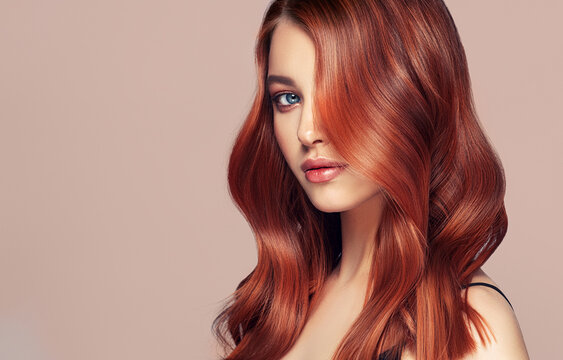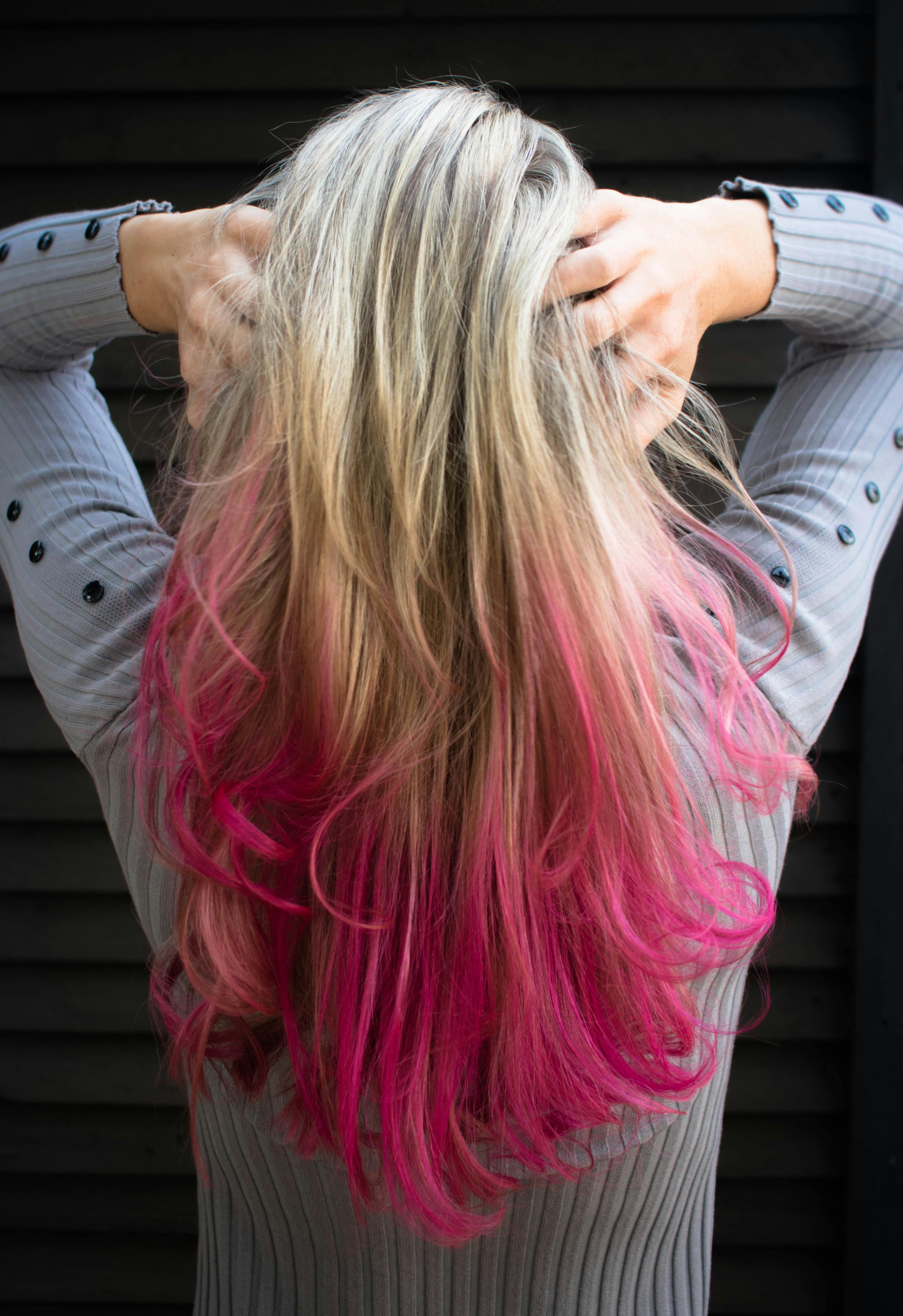Table of Contents:
-
Introduction
-
Understanding Hair Colouring
-
Common Ingredients in Hair Dyes
-
Effects of Hair Colour on Scalp Health
-
Effects of Hair Colour on Hair Health
-
Ammonia-Free vs. Traditional Hair Dyes
-
Natural Hair Colour Alternatives
-
Dermatologist Opinions & Research Findings
-
Hair Colouring Tips to Reduce Damage
-
When to Avoid Hair Colouring
-
Post-Colour Hair Care Tips
-
Conclusion
1. Introduction
Are Hair Colours Good for Your Scalp and Hair – has become more than just a fashion trend—it’s a form of self-expression. Whether you’re hiding greys, experimenting with new looks, or just trying to enhance your natural tone, millions turn to hair dyes. But a vital question remains: Is colouring your hair safe for the scalp and strands?

Source – https://stock.adobe.com/in/search?k=hair+colour
Let’s explore the effects of hair colouring on both the scalp and hair health, bust myths, and discover how to minimise damage.
2. Understanding Hair Colouring
Hair dyes work by opening the hair cuticle to deposit colour into the shaft. This process can involve chemical agents that change the hair’s structure. There are several types:
-
Temporary hair colour: Coats the outside of the hair; lasts 1–2 washes.
-
Semi-permanent hair dye: Penetrates slightly deeper; lasts 6–10 washes.
-
Permanent hair dye: Uses chemicals like ammonia and peroxide to alter hair permanently.
The deeper the dye penetrates, the more likely it is to cause scalp and hair stress.

Source – https://www.pexels.com/search/hair%20color/
3. Common Ingredients in Hair Dyes
Knowing what’s in your hair dye can help determine how it might affect your scalp and hair:
| Ingredient | Purpose | Impact on Hair/Scalp |
|---|---|---|
| Ammonia | Opens cuticle for colour penetration | Can cause dryness, irritation |
| Hydrogen Peroxide | Lightens natural pigment | May damage hair proteins |
| Paraphenylenediamine (PPD) | Creates dark shades | Can trigger allergies |
| Resorcinol | Adjusts dye tone | Linked to scalp irritation |
| Alcohol | Solvent for ingredients | Can dry out hair and scalp |
4. Effects of Hair Colour on Scalp Health
Short-Term Effects
-
Mild itching, tingling, or burning sensations are common during application.
-
In sensitive individuals, this can escalate to allergic reactions or contact dermatitis.
Long-Term Effects
-
Frequent use can strip away the natural scalp oils, leading to dryness and even inflammation.
-
Harsh dyes may disturb the microbiome of the scalp, making it prone to dandruff or fungal infections.

Source – https://www.freepik.com/free-photos-vectors/hair-coloring
5. Effects of Hair Colour on Hair Health
Structural Changes
-
Repeated colouring weakens the keratin structure, making hair brittle and prone to breakage.
-
Hair may lose its natural shine, bounce, and softness.
Porosity
-
Colour-treated hair becomes more porous, causing it to absorb and lose moisture rapidly.
-
This increases the need for hydrating treatments and nourishment.
6. Ammonia-Free vs. Traditional Hair Dyes
Many brands now offer ammonia-free formulas marketed as “safer” alternatives. Are they really better?
| Feature | Traditional Dyes | Ammonia-Free Dyes |
|---|---|---|
| Penetration | Deeper | Mild |
| Hair Damage | Higher risk | Less damaging |
| Scalp Irritation | Common | Reduced |
| Colour Longevity | Longer | May fade sooner |
While ammonia-free options are gentler, they still contain chemicals like MEA (monoethanolamine) that may cause mild irritation or dryness.
7. Natural Hair Colour Alternatives
For those looking for safer solutions, consider:
-
Henna: A plant-based dye that also strengthens hair.
-
Indigo: Often used with henna for darker tones.
-
Coffee/Tea Rinses: Provide subtle staining with antioxidant benefits.
-
Beetroot Juice: Adds a reddish hue with no harmful effects.
These are chemical-free, nourish the scalp, and can be reapplied without fear of buildup or damage.

Source – https://in.pinterest.com/pin/411797959698738619/
8. Dermatologist Opinions & Research Findings
Research published in the International Journal of Trichology indicates that:
“Permanent hair dyes, especially dark colours, have the potential to cause long-term scalp sensitivity and hair weakening.”
Dermatologist Advice:
-
Do a patch test before use.
-
Avoid frequent full-head colouring.
-
Opt for professional application over DIY kits.
9. Hair Colouring Tips to Reduce Damage
-
Prep your hair: Use deep conditioners a week before dyeing.
-
Skip shampoo: Don’t wash hair right before dyeing; natural oils protect the scalp.
-
Limit heat styling: Post-dyeing, reduce use of curling irons and straighteners.
-
Space out colour sessions: Wait at least 6–8 weeks between treatments.
10. When to Avoid Hair Colouring
Avoid colouring if:
-
You have scalp wounds, eczema, or psoriasis flare-ups.
-
You’re pregnant, especially in the first trimester.
-
You’ve had previous allergic reactions to hair dye.
-
You’re dealing with severe hair fall or thinning.
11. Post-Colour Hair Care Tips
To maintain colour and hair health:
-
Use sulphate-free shampoos to prevent colour stripping.
-
Apply leave-in conditioners and serums.
-
Incorporate hair masks once a week.
-
Use UV-protectant sprays to shield from sun damage.
-
Trim regularly to avoid split ends.
12. Conclusion
So, are hair colours good for your scalp and hair? The answer lies in how you use them. When done responsibly, using high-quality products and taking good care post-treatment, you can enjoy coloured hair with minimal risk.
However, overuse, low-quality dyes, and poor aftercare can lead to scalp irritation, hair damage, and long-term problems.
Choose wisely, colour safely, and care deeply.

